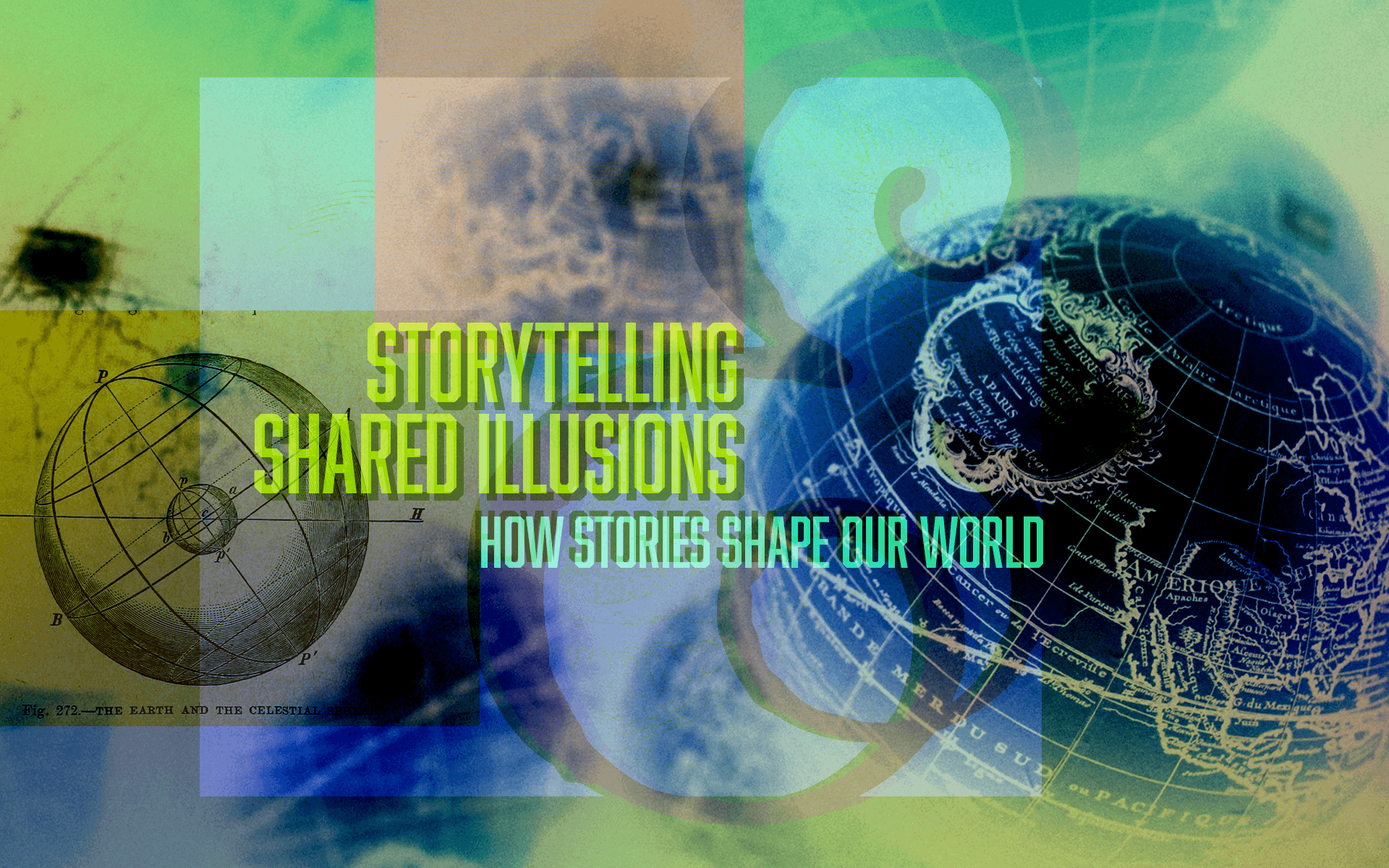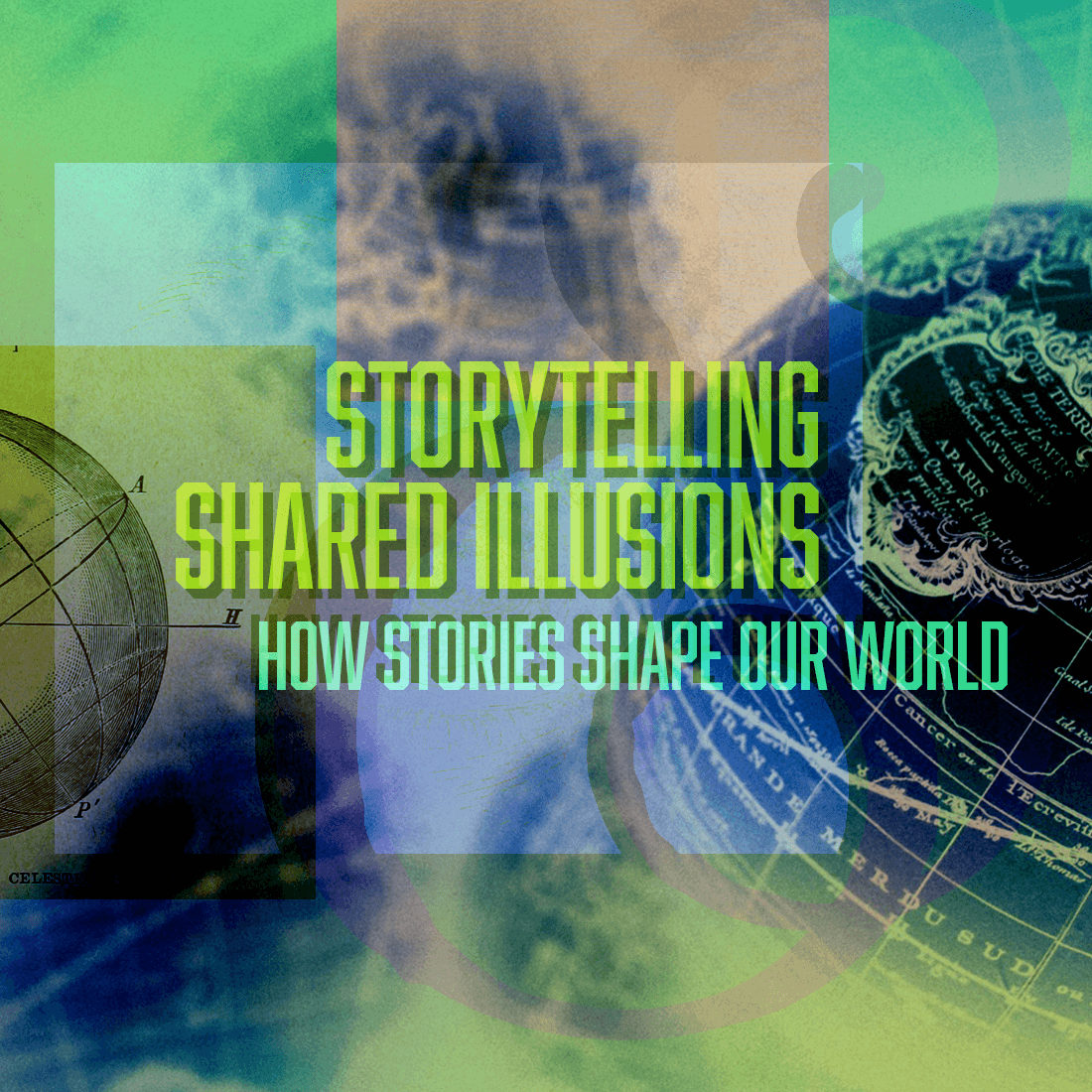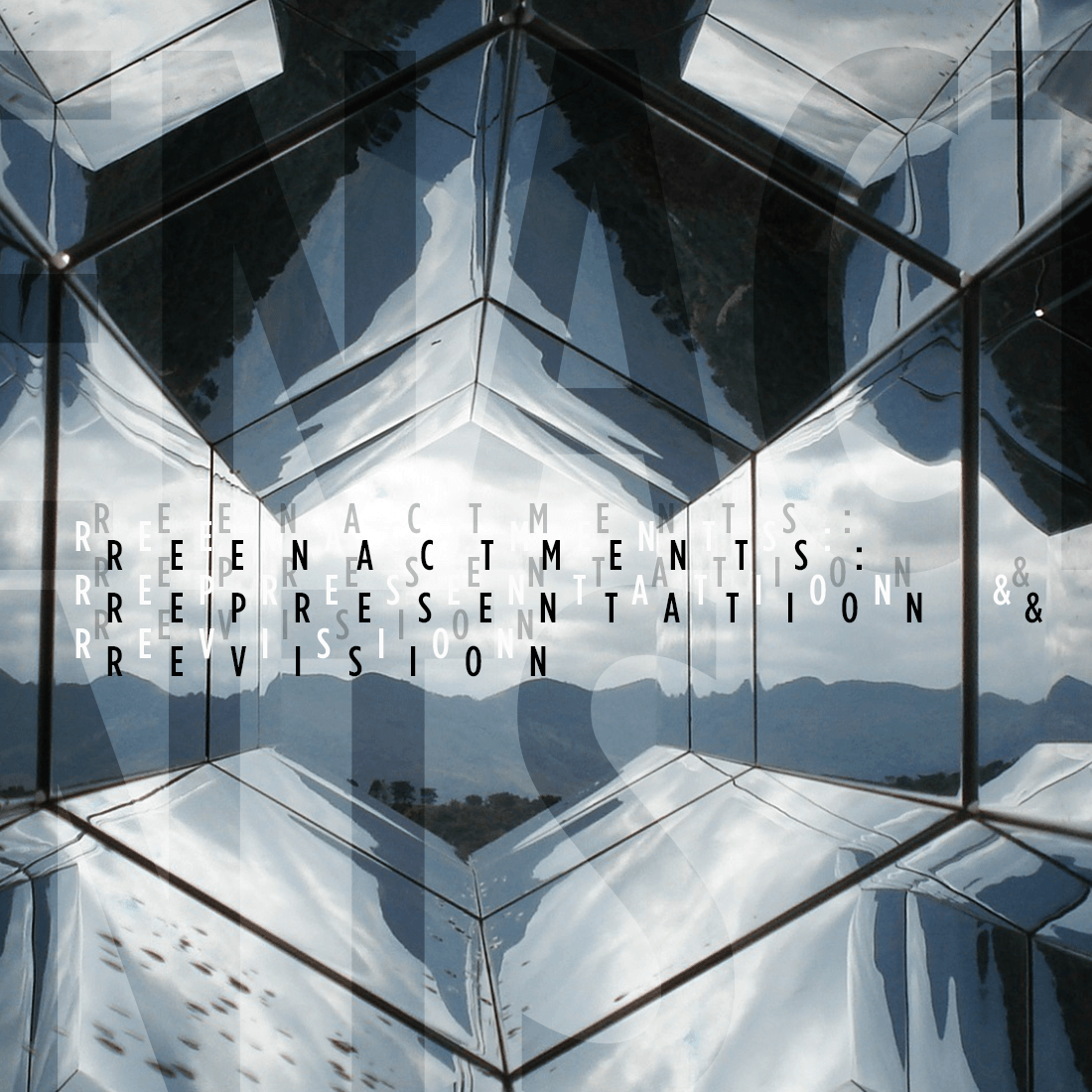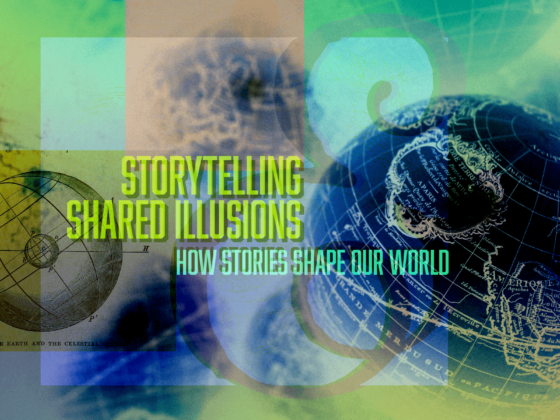edited by KELLEY KIDD
This month — in keeping with our storytelling theme— we asked three writers to about their process of storytelling. Each of our writers also wrote three compelling, unique pieces that reflect the immense range of the kinds of stories that can be told. You can get a peek into their remarkable & talented minds here.
We invite you to get inspired and excited by their unique processes, below:
From the desk of Caitlin Cassidy…
Story-making and storytelling are, in my mind, distinct endeavors; however, in my reality, both are remarkably similar. They are both fundamentally collaborative. Both tend to involve a lot of scribbling on paper taped to walls, a lot of lyric-less music, a lot of bodies moving, a lot of weird mess, and a lot of painstaking deliberation. Moreover, in both, I am guided by the same question: “Who am I responsible to?” Or perhaps more positively framed: “Who am I trying to do justice?”
I am interested in illuminating disinformation and imagining improved realities.
These days I’m thinking a lot about the Press and about how we construct and present story for rapid, partial consumption. This time last year, I found myself in a classroom in St. Louis, MO, staring at two The New York Times article titles taped to a whiteboard: “Michael Brown Spent Last Weeks Grappling With Problems and Promise” and “Darren Wilson Was a Low Profile Officer With Unsettled Childhood.” One story, two radically different tellings. That day, I came to understand that the stories we choose to tell and how we choose to tell them not only speak volumes about our present reality, they also form our future. I understood how sneaky stories are — how they wind their way into our individual and collective conscience and set down roots — I was, for the first time in my life, painfully aware of my tendency to skim and to lightly accept as truth.
I learned in that moment to endeavor to ask, whenever I encounter a story (which is to say, everywhere): “Who is this writer, this organization, this ‘x’ responsible to?” To which the answer might be: a predominantly ‘x’ readership, a group of donors invested in ‘x,’ an editor who feels ‘x,’ New Yorkers, or women. The answer to this question determines which stories are told and how those stories are told. And we are all complicit in this process.
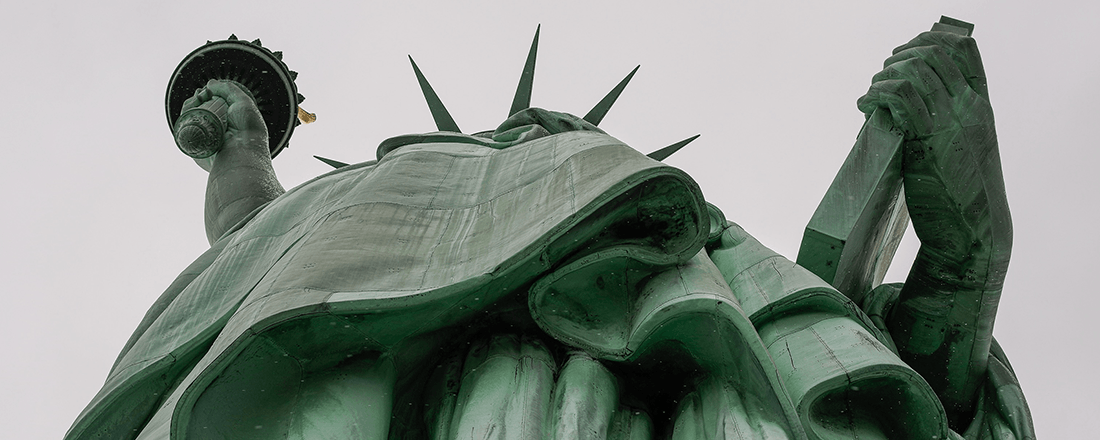
Storytelling, for me, is about justice and that means cultivating truth. It’s also about providing platforms for stories and particular tellings of stories that need to be elevated. There are a whole lot of truths out there, some more urgently deserving of a loudspeaker than others. In my life, I’m craving primary sources. Not surprisingly, I find myself drawn to documentary forms of storytelling. But whether through documentary work, or fiction, or the wordless work I often find myself invested in, I am interested in illuminating disinformation and imagining improved realities. I want to be a part of the kind of art that rewires our senses and teaches us to view the world differently. To borrow from one of my favorite storytellers Federico García Lorca, “Wherever there is a dark corner, to direct towards it light.”
Read Caitlin’s Piece, “On the TGM,” here.
From the desk of David Hecht…
I view storytelling as existing in two basic narrative styles. Roughly speaking, the first style — which I’ll call “narrative-developing” — is that a character is in a situation, and the interaction between the character’s nature and the situation drives the narrative. An example of this is Adam being placed into a garden of paradise with exactly one rule, and then him breaking the rule because men are evil and/or women are evil and persuasive. If you’d prefer something non-biblical, think of Captain Ahab being obsessed with one particular white whale. Then Ahab’s obsession drives the narrative (and sails the Pequod) halfway around the world and brings destruction upon himself and those around him. The general structure of tragedies — a hero with a fatal flaw is destroyed through a series of circumstances and events — is also illustrative.
The second storytelling style — which I’m dubbing “character-developing” — is where a character, through the events of the narrative, undergoes a transformation. The early biblical example of this is God destroying the world via a flood, seeing all the destruction, then promising Noah that She will never destroy everything (via flood) again. Alternatively, just think of the plot of any romantic comedy: a character has a problem that prevents him from sustaining relationships, stuff happens, and then the character grows such that he can live happily ever after with Emma Stone or whomever. Character-developing stories often have an “Aha!” moment.
When I tell stories, I tend toward the “narrative-developing” variety and struggle much more with true, unadulterated character growth. I generally am more interested in themes, and as an oversimplification my characters are pawns to explore those themes by reverting, again and again, back to their nature. I’m generally drawn to literature rooted in the realism and naturalism traditions, in which sad circumstances bring about sad outcomes for sad people. I enjoy when there’s equal likelihood the good and bad guy will win, when a hero can be slain by a stray arrow as easily as another hero, and when virtue is as much a hindrance as it is a help. Given this disposition, I tend to begin a story with one event or action, and then create a story that surrounds, supports, and explains that happening. The event might be the conclusion from what occurs or the impetus for what is to come, but is always where I begin.
I think of storytelling as a reflection of life in a pond. It projects a world, people, or experience that is identifiable, but it is mutated and changing in every ripple.
Of course, I struggle with storytelling, and it almost always comes from one specific problem alluded to above: I write linearly and am inclined towards proofreading and revising as I go, but I don’t think of stories linearly. This leads to me thinking of an event or scene that happens away from my current sentence, me perhaps writing out that scene, and then the narrative never allowing it to actually occur. The other, related problem that plagues me is that my ‘revise-as-I-go’ method is a direct result of wanting each and every sentence to be perfect. This is, frankly, a shitty way to write. I’d much rather have a page full of less than perfect prose than a blank one, but I have to fight that instinct all the same. In a perfect world I would get out of the way and just let my characters act out the scene as they are wont to, grow or grow intransigent as a result, and then I can come back afterward and smooth out the edges.

I think of storytelling as a reflection of life in a pond. It projects a world, people, or experience that is identifiable, but it is mutated and changing in every ripple. Some characters and storylines are narrative-developing, while others are character developing. Both of them reflect the world in which we live, the people with whom we exist, and the stories that we experience in life and through which we live experiences.
Read David’s Piece, “A Dog’s Best Friend,” here.
From the desk of Amber Butts…
My mother taught me to read when I was four years old. And her mother taught her to read when she was four years old. When my grandmother introduced me to Shakespeare’s work, I decided I would be a writer. Each week, she’d read us Bible stories by the fire. When we were finished, we could decide what to read or watch afterward.
I didn’t realize it at the time, but my mother, grandmother, and aunt helped equip me with skills of survival and agency. Though we were poor, my worldview was rich. When I’m writing, I pull from the women who came before me. Each of us has been called a witch/bruja in one capacity or another.
Telling stories is easier after I’ve heard or read one. Reading comic books and playing video games (and at one point being addicted to them) helped me hone in on the world building elements of a story. Reading helps me unwind and open up my mind to newer worlds, both imagined and unimagined. As a child, I got to listen to my family members tell stories in a way that conjured up emotion.
Though I come from a long line of passionate oral storytellers, I find my most passionate voice through writing.
My grandmother, who passed recently, taught me the joy of re-telling stories. Of having someone enmeshed in the world you’ve built to the extent that it becomes their reality. Her voice could be hard and soft at the same time. She made me want to know what was happening between the stories.
Storytelling is time-traveling and connection for me. It allows me to pull and push spaces and mold them in ways that bring about change and emotion.
Currently, I’m on a sci-fi/afro-futurist kick and am writing my first novel. I enjoy reading writers of color, particularly African writers. I’m fascinated with the way that they de-legitimize and disrupt the common, Eurocentric portrayal of their lives and worlds. My best writing comes when I’m ugly crying or feeling something deeply. If my day is going well, I can not write. I think this has to do with wanting to create a narrative that gets to the core of what I’m feeling when I’m disappointed, grieving or hurt.
Some people say I’m an empath but I don’t use that word. I just know that there are things that I can only deal with once they’re written down. I’m able to revisit emotions and ideas when I write things down and it forces me to have some accountability with my art and thoughts. I want to get to a place in my writing where I can write about a sad thing without being devastatingly depressed.
When I revisit old diaries, I’m reminded about my path as a writer, poet, and human being. I found some written affirmations to myself last week that were dated in 2010. They’re still relevant. Storytelling is time-traveling and connection for me. It allows me to pull and push spaces and mold them in ways that bring about change and emotion.
Children inspire me. We’re socialized to not give them enough credit but they are truly autonomous, deep thinking humans. They have the capacity to understand, make difficult decisions and be truly multi-dimensional. The people I write about are very rarely adults.
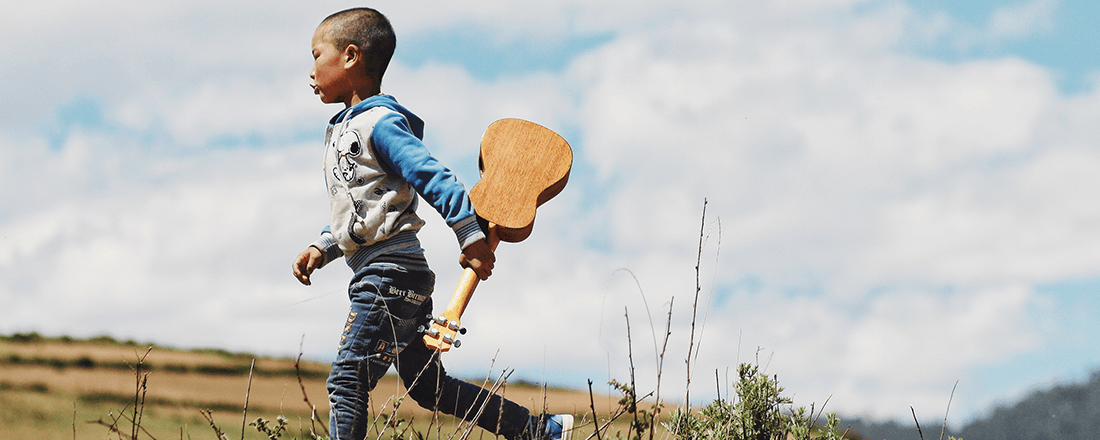
My mother is a foster mom and has been for the last ten years of my life. I often get to listen to the stories that children weave. Today I spoke to my mom’s youngest, Mikel (3 years old), and after two minutes he told me that he was done talking. When he named his boundaries it reminded me to name mine, to honor the spirit of transparency and capacity.
When I write about children and adolescents, I try to honor their experiences and agency. I like to create characters who are flawed and multidimensional. Children are very clear about what they will and will not tolerate, as well as what their expected outcomes are in a specific environment.
I think these are gifts; little portals into which children will become in the future and the complex issues that they grapple with on a daily basis. Shifting from wearing diapers to identifying the need to use the restroom is a huge and complex stepping stone in their development. They are literally reformatting their brains to make space for a new skill. I feel similarly when I’m creating a new world.
Some people say I’m an empath but I don’t use that word. I just know that there are things that I can only deal with once they’re written down.
I also get stuck in my head a lot. I have big ideas and it’s hard for me to think about setting when writing. I can picture it and know it intimately but I forget about it until someone points out that they have no idea what the world I’m building looks like. This is one of my biggest stopping points. One of the things that guide me is asking, “What does today look like in the world you’re building, Amber? Is it warm, cold? How does the air smell?”
Read Amber’s Piece, “Asani,” here.

